Relentless Pursuit
of Excellence
Our people bring the passion, drive and ingenuity to make great things happen for our clients, communities and industry.
Meet Our Relentless Allies
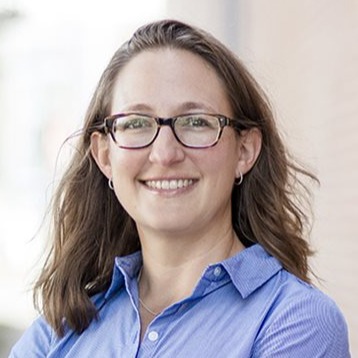
Beth Davis
Relentless Ally
Born to Build
Beth Davis was visiting construction sites before she could walk. Perhaps that’s why these days, she’s pretty comfortable running some of the largest and most complex jobsites in the Southeast.
A second-generation builder who learned the ropes of large commercial projects from her father, the Ohio native has spent her entire 20-year career with Balfour Beatty, building a resume that would spark envy even amongst the most seasoned industry veterans. And she’s done it with a combination of sweat equity and earned swagger.
A recognized ground-up construction expert, Beth has helped shape the Charlotte skyline. Her mark includes the $76 million Kimpton Tryon Park Hotel in Uptown Charlotte and the new corporate headquarters for Corning Fiber.
Beth can credit countless other high-profile projects to her name. She oversaw interiors work for SPX’s Corporate Global Headquarters, a LEED Silver project that received a first place Eagle Award from the Associated Builders and Contractors (ABC) Carolinas Chapter.
Speaking of awards, Beth helped another marquee project receive a few of its own. Considering the job’s difficulty, it’s little wonder the collective industry took notice. Beth led a talented team that put nearly 340,000 square feet of work in place in just nine months. It took 12+ hours, seven days a week to achieve the feat of craftsmanship that is the LEED Platinum MetLife Corporate Retail Headquarters. “I learned the power of maintaining a positive attitude and persevering,” recalls Beth.
Though her portfolio primarily spans the private sector, Beth’s fondest memories are of a $200 million Central Campus for the Army Corps of Engineers. “It was something new and different,” she reminisces. Both qualities are key to Beth’s love of construction. “I like the process of creating something from nothing. You’re never doing the same thing twice in this field.”
Given the demands of her all-consuming career, it’s tough to imagine Beth having time to pursue many hobbies or interests once she’s kicked off her (often muddy) steel-toe boots. While she’s meeting project milestones, Beth is masterfully managing the schedules, routines and day-to-day organization of her family. Recognizing the importance of educating and inspiring the next generation of builders, Beth also plays an active role in mentoring Balfour Beatty’s up-and-coming project engineers and project managers in Charlotte.
It’s safe to say Beth never dreamed of a path that didn’t include building. For those women contemplating a career that mirrors her own, Beth offers this advice, “Be passionate and take ownership of your work. Construction is all about following through from start to finish.”
While Beth is aware of the reality that she is both a woman of influence and a minority in a demanding and competitive industry, she’s always maintained a firm policy of checking her apologies at the trailer door, refusing to concede any assumption that she doesn’t belong.
“If you treat others the way you want to be treated—with responsiveness and respect—you earn both in this industry. That really holds true for anything in life,” she argues.
Outspoken but fair, confident but compassionate, Beth Davis and women like her are the future of our industry.
Read More

Ashrita Parvataneni
Relentless Ally
Rising to the Challenge
Ashrita always knew that she was destined for an active, hands-on career. She enjoys being outside in the fresh air and sunshine and has a scientific mind that relishes a challenge. With a can-do attitude and a strong determination to help her teammates succeed, Ashrita is building an impressive construction career by relying on her keen problem-solving and communication skills to foster collaboration and identify innovative solutions for her teams and projects.
Born and raised in India among a family of engineers and scientists, Ashrita moved to the U.S. to pursue her college education. As a student at Purdue University, Ashrita considered multiple technical fields, but civil engineering felt like the right fit.
Armed with a bachelor’s and master’s degree, she began her career working for a structural engineer in Houston. She enjoyed the stimulating work and was thrilled to be a team member on multiple ENR award-winning projects in Houston and southern California. However, after spending time on jobsites and seeing construction managers in action, she dreamed of a future in the field. When she heard Balfour Beatty was hiring field engineers in northern California, she jumped at the chance.
Ashrita has excelled in the fast-paced, ever-changing environment of construction management. Currently in her sixth year in the profession, she recently received a promotion to project engineer and is serving as a member of the Caltrain Electrification project. This complex, urban project includes working in a 150-year-old right-of-way.
During the installation of pile footings on the project, crews discovered an abandoned foundation fifteen feet underground that dated back to the early 1900s. The object was obstructing the path of the piles. Working into the early hours of the morning, Ashrita and the designer developed a plan to safely move the footing. Ashrita’s adaptability and creative thinking helped her team keep the project on schedule.
When Ashrita is not at the jobsite, she enjoys volunteering for community-based construction organizations, including Building Humanity and Habitat for Humanity. As a member of the United Nations Volunteers (UNV) program, she has also travelled to the Philippines to work on a wastewater treatment facility.
Ashrita feels fortunate to work in such a challenging and rewarding industry. As she has witnessed the industry become increasingly more diverse and inclusive, she appreciates all the individuals who have paved the way to ensure a more equitable future for women. Yet, from her first day on-site as a field engineer, Ashrita has observed areas in which more progress is needed.
“Working alongside my Balfour Beatty teammates, I am respected, and my contributions are appreciated,” Ashrita explains. “However, the workforce is predominantly male, and it can present unique challenges to establish trust with those who do not have a lot of experience working with women. Once they get to know me and know my work, they begin to trust me, but it takes communication and tenacity to break down barriers.”
Ashrita is quick to point out that once relationships of mutual trust are established, the same trade partners will go out of their way to assist her in accomplishing jobsite tasks. Still, she feels that continuing to advance the number of women in construction, and supporting these women, is paramount in creating a more equitable and inclusive work environment. In support of this, in 2021 Ashrita served as a panelist Balfour Beatty’s first “Together Allies” Diversity, Equity and Inclusion Summit Allies” Diversity, Equity and Inclusion Summit to discuss allyship and how men can advocate for women.
Ashrita is proud of the honest dialogue that occurred at the conference and the continuing efforts of Balfour Beatty’s Connecting Women employee affinity group. “Connecting Women provides a platform for empowering the women of Balfour Beatty to discuss issues that are still prevalent in our industry and gives the men of Balfour Beatty an opportunity to understand how they can support their teammates and be an advocate for change in our industry.”
Ask Ashrita if more can be done, and her prowess at finding solutions quickly reveals itself.
“We need more women in higher operational and administrative positions to serve as role models and mentors. There are also opportunities to continue to grow our Connecting Women employee affinity group and create a mentorship program to help women from across the company support each other and recruit new women to enter the industry.”
Being flexible, adaptive and always looking for more efficient ways to solve issues is how Ashrita approaches her daily work and her career. She appreciates that Balfour Beatty is a people-first company unflinchingly tackling workforce equality issues to move the construction industry forward. It is construction professionals and leaders like Ashrita who will get this job done, and she is up for the challenge.
Read More
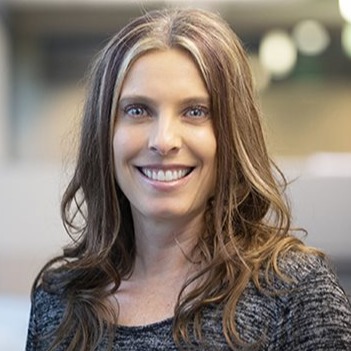
April Medlin
Relentless Ally
Paving the Road for Future Generations
When April Medlin was young, she dreamt of helping people by becoming a nurse. Little did she know, instead of through nursing, she would impact the lives of hundreds of children through her role in the construction industry.
April’s unlikely journey began when she graduated with a degree in sociology. At the time, April had already shifted gears from nursing to setting her sights on educating and inspiring future generations by earning her teaching credentials.
During her time as a student teacher at a local middle school, April was touched by a moment she experienced with a young girl. The school had taken a group of children on a field trip to the nearby community college, where they displayed a plethora of unique career options.
When the class was leaving, April began a conversation with a young girl, asking questions aimed at what she wanted her future to hold. “My mom works at Taco Bell and puts food on the table every night for me and my siblings. I think that is a good job. I want to work at Taco Bell,” the young girl said in response. April pondered the thought for a moment. She had never considered the prospect of children not wanting to pursue a postsecondary education.
Curious, April asked the student if she wanted to attend college and received a firm “no” in response. April continued pressing the topic, asking questions about what the young girl was interested in and whether she had considered pursuing her passions in the beauty industry. The young girl began to light up as April explained the potential career paths within that industry. This is the moment that ignited a fire within April to continue guiding and supporting children who may not be exposed to the opportunities available to them.
As fate would have it, April began working at Balfour Beatty over 12 years ago when she learned more about a field she had never previously considered. Many misconceptions about the construction industry exist, including that it is labor intensive with visualizations of hammering nails, setting framework and pouring concrete. But, as April discovered, there are many avenues to pursue a career in this field.
Today, as a project accountant manager for Balfour Beatty in California, April oversees a vast array of vital business activities. Her responsibilities range from overseeing accounting processes to developing a team of adept accountants. April is even helping drive the implementation of a new software to help streamline accounting practices nationally.
April now takes every opportunity to help younger generations explore new paths and shape their futures. Volunteering at Abraxas High School in Poway, CA, April relates to the students by sharing the twists and turns of her own career. She helps expose students to apprenticeship programs, networking events and even internships that can be taken advantage of while they are in high school.
“[As a builder focused on education facilities] We build things that matter, that give me pride and impact students every day,” states April.
April discovered this volunteer opportunity through the Women’s Construction Coalition’s Julie Morgan Society. This program was founded with the goal of inspiring younger generations to pursue the Architecture, Engineering and Construction (AEC) industries by providing them with related mentorships and scholarships. The program presents high schoolers with options for achieving education through venues such as a traditional four-year education or apprenticeship programs. They also provide networking events where students can meet and connect with industry professionals.
A trusted advisor, April reviews and recommends training materials for teachers to utilize in their classrooms. Leveraging her experience as a teacher, she also works with the students, guiding them through the Julie Morgan Society program and assisting them in filling out applications for scholarships.
Having found her own door of opportunity, April shares her story of working her way through a variety of careers, eventually rising through the ranks at Balfour Beatty where she began as an accounts payable clerk. Even though April isn't working in a field related to her degree, she inspires those around her and is shaping future generations through her outreach efforts.
Read More
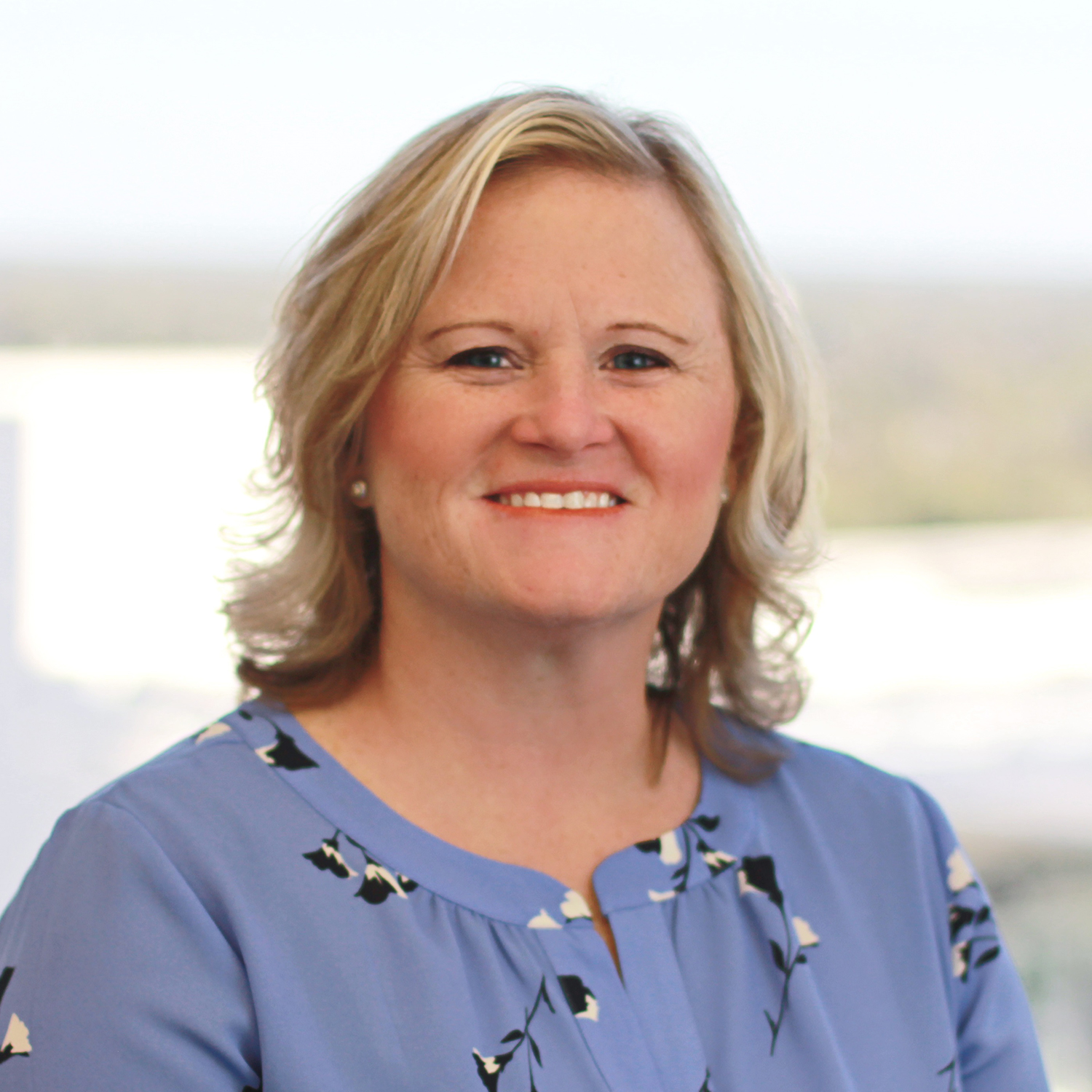
Amy Kennedy
Relentless Ally
Excellence Through Inclusion
Amy Kennedy is an expert at managing prolific and sensitive projects. With a diverse portfolio that includes entertainment, hospitality, multi-family and senior living facilities, she excels at leading intricate, multi-phased projects. During her time with the business, Amy has been an integral member of 24 project teams responsible for delivering more than $2.9 billion in work in Central Florida.
As vice president in Central Florida, Amy is a leader in winning work, oversees strategic accounts and manages best-in-class teams. She is a widely respected, inclusive and connected leader who is passionate about giving others the opportunity to experience the same success she has enjoyed throughout her career.
An Industry Fit
To speak with her today, it’s hard to believe there was a time when Amy wasn’t sure what she wanted to do. Unlike many of her peers in the industry, Amy had never been exposed to construction growing up and hadn’t considered it as her career path until it was time for college.
Amy’s mother recognized from a young age that her daughter would not be satisfied with a desk job—she needed something more hands-on. She arranged a day for Amy to shadow a family friend who owned a commercial construction company, and the rest is history.
“I didn’t know half of what I was looking at or listening to,” Amy recalls. “But I could tell that every day would be new and different and that my love for problem solving would be well-suited for this industry.”
From Mentee to Mentor
Amy went on to study construction science and management at Clemson University and joined Balfour Beatty as a project engineer in 2000. Her first experience in the industry was delivering a major hospitality project in Orlando, Florida. That project proved to be formative not only for establishing Amy within the business, but also for determining how she would go on to build, support and develop teammates through people-first leadership.
“I was given a lot of responsibility from my very first day on the job,” Amy explains. “From day one, I was surrounded by people who wanted to support me and guide me as I was navigating the industry. My breadth of knowledge grew exponentially on that first project.”
As she has moved up in the business from project engineer to vice president of operations, Amy has placed a high priority on mentorship, helping the more junior members of her team by giving them high levels of responsibility then guiding them as they navigate projects.
“I’ve been really fortunate to have wonderful mentors throughout my career,” Amy says. “As I continue to climb the ladder, it’s important for me to help elevate those coming in behind me.”
Collaborating to Elevate Entertainment and Hospitality
Amy’s collaborative mindset has led to the success of many projects, including the unparalleled entertainment and hospitality experiences she has become an expert in building. To create these community-anchoring establishments, Amy not only assembles teams of experts committed to operational excellence, but she also works alongside longstanding, local trade partners to achieve the client’s vision.
“Painters, electricians, and framers all serve any type of building construction, but the demands of hospitality and entertainment construction are unique and particular,” Amy affirms. “To build the best tourist attractions, we work hand-in-hand with our best, longstanding trade allies.”
From upgrading and expanding attractions for premier entertainment companies to breathing new life into the Hyatt Regency Orlando (formerly The Peabody Orlando), Amy is a pro at setting the foundation for exciting experiences.
Leveling the Field
Today, Amy is leading Balfour Beatty’s largest active project in our Central Florida market in the hospitality and entertainment sector. She has also led the Florida chapter of the company’s employee affinity group, Connecting Women, for the last two years. Under her guidance, the group has hosted speakers, organized volunteer events and provided networking opportunities for the women of Balfour Beatty.
For Amy, every day is another opportunity – a chance to learn, a chance to grow and a chance to lift someone else up. In her mind this is all just part of the job that she loves, but for those who have been inspired or mentored by Amy, she’s doing much more than that.
Through her work and her example, Amy is a role model, leveling the field for everyone.
Read More
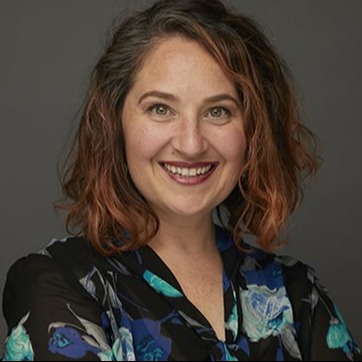
Amanda Patton
Relentless Ally
Leaning Into a Better Way of Building
Amanda Patton almost skirted her destiny to become a third-generation builder.
It was a strong lineage, too. Amanda’s grandfather was a plumber, and her father worked on septic systems. They dreamed that Amanda would follow in their footsteps as a professional engineer. But growing up, Amanda wasn’t drawn to construction—or any related field for that matter.
That was until her family decided to build a new home. Like any teenager, Amanda was keenly interested in the plans for her bedroom. But unlike most her age and much to the astonishment of the architect, Amanda took it upon herself to resketch those plans precisely to her liking. And just like that, a young girl from a small Alabama town started to dream big about her future as an architect.
At Auburn University, Amanda enrolled in the prestigious College of Architecture, Design, and Construction’s School of Architecture. During her third year, Amanda learned that she had not been selected to advance within the architecture program. What appeared like a dream denied ended up being destiny in disguise.
Upon transferring to study construction management in the College’s Department of Building Science, Amanda’s exposure to architecture helped her recognize some of the industry’s inherent dysfunctions and operational inefficiencies. Unbeknownst to Amanda at the time, it marked the beginning of her journey to become the lean construction leader she is today.
After graduation, Amanda joined Balfour Beatty’s recently established Charlotte, NC office as an estimator. Nearly two decades later, she’s still going strong, having earned a reputation as a respected and collaborative building partner committed to the continuous improvement of her projects, teams, and the industry at large.
Amanda’s formative years in the business offered exposure to a wide variety of markets and project scopes. From tenant improvement work for international banking institutions like Bank of America to higher education projects at Duke University, UNC Chapel Hill, and Penn State University and healthcare projects such as Western State Hospital, Amanda built a strong and well-rounded foundation that included certification as a Design-Build Professional™.
Thanks to the encouragement of a mentor, she even made the leap from preconstruction to operations. To quote Sheryl Sandberg, Amanda “leaned in” to each opportunity she was presented with bold curiosity and the tenacity to make it her own.
In 2006, Amanda relocated to the Mid-Atlantic region to help grow the Corporate Accounts’ footprint. However, a shift in the company’s strategic focus led her to officially join the Mid-Atlantic team contributing to integrated projects.
Recognizing the vast communications gap and system siloes that exist between AEC partners, Amanda began exploring ways to help owners more effectively communicate their project goals and expectations—what’s known in lean circles as “conditions of satisfaction.” As she helped teams break away from traditional modes of thinking and working, Amanda experienced an epiphany that had perhaps been her whole career in the making.
“I realized that I don’t have the process-driven mindset of your typical engineer. My passion is connecting people,” Amanda recalls. “The first pillar of lean is respect for people. This really resonated with me. The prospect of delivering projects differently was interesting and motivating.”
Although Amanda got a glimpse of an ideal industry future state while attending Lean Construction Institute (LCI) events, she wanted the opportunity to work on a project where lean was fully embraced and embedded. In 2015, Amanda got that opportunity as part of the integrated project delivery (IPD) team (collectively referenced PennFIRST) selected to build a new, 1.5-million-square-foot patient pavilion for Penn Medicine. The project, which is slated to complete in 2021, created an ideal testing ground for lean practices and tools. From off-site manufacturing to daily huddles, target value design (TVD), and parametric modeling, the PennFIRST team has reaped countless successes in advancing the case for lean.
“To see people want to work this way and to find value in it has been really exciting,” praises Amanda, who has most recently been serving in the capacity of control on the Penn Medicine project. “To be part of a team where the owner may one day find the cure for cancer – it doesn’t get much better than that.”
Amanda has not only been committed to positively impacting the practice of lean on her projects, but she also played an instrumental role in establishing a new lean community of practice (CoP) in the Philadelphia, PA area.
Amanda may not be your typical construction professional. In an industry where the command is all too often valued over collaboration and tradition over innovation, Amanda has broken the mold by remaining true to herself and to her deep-seated belief that there is a better way to build that puts people first.
Read More
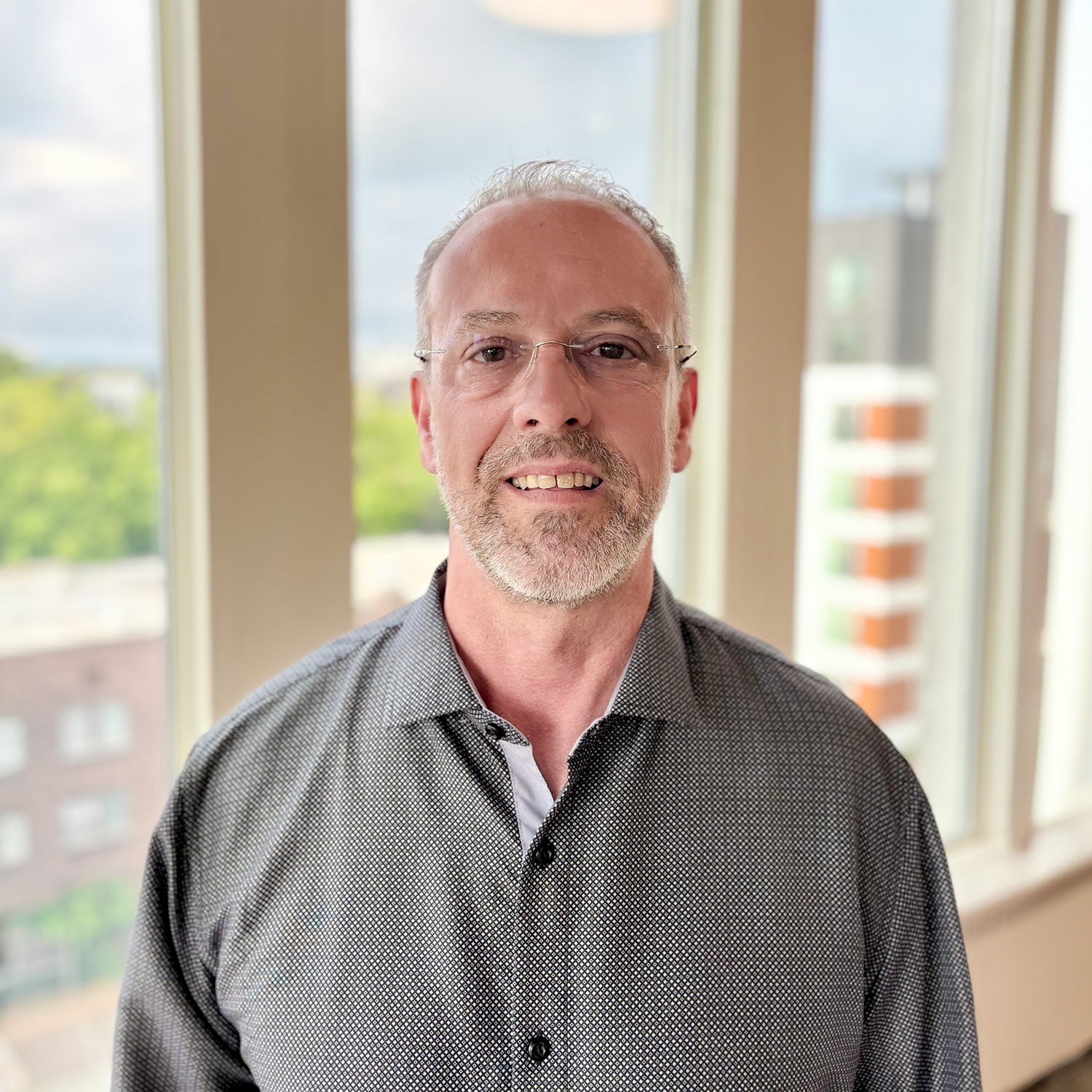
Paul Studley
Relentless Ally
Almost every American can recall with remarkable clarity exactly where they were when two planes ripped through a brilliant September sky. Sixteen years later, Paul Studley’s memories are more vivid than most. The New York native was working in Midtown Manhattan on that fateful day and watched in horror as that same sky was engulfed by billowing black smoke and raging flames.
But Paul also remembers the deep, abiding sense of community he felt once the skies fell silent. The way people banded together to become their brother’s keeper. 9/11 changed us all, and for Paul, that change manifested in a profound passion for safety. At the time, Paul had spent 20 years in the tradeshow industry, overseeing the erection of large-scale exhibits with a variety of equipment including mobile cranes. He was keenly aware of the dangers that can arise when men and machinery mix. Because of 9/11, Paul was even more keenly aware of the fragility of life. In the days forward, he renewed his resolve to protect those under his watch.
It was a passion that eventually followed Paul to Seattle, Washington, where he joined Balfour Beatty’s team in the Northwest, locally known as Howard S. Wright. Before the cross-country move, Paul had left the tradeshow business to follow in the footsteps of the Studley family profession: vertical construction. His father and older brother were electricians by trade, and a second older brother was an ironworker. But Paul, who’d always had an affinity for high-end finish work, pursued carpentry. It was with this diverse skillset that Paul was dispatched from Seattle’s Union Hall to Howard S. Wright on July 27, 2006—a day that he recalls as life-changing.
“It’s been 11 wonderful years,” beams Paul. “The people inspire me as much as the projects.” It wasn’t long before Paul was hired as a full-time employee in the company’s Special Projects Group, which focuses primarily on interior fit-outs and renovation services. Because these projects are often completed in occupied spaces and during off-peak hours, they present unique safety challenges.
But none Paul isn’t prepared to tackle. Paul’s projects—like the University of Washington Husky Stadium renovation—consistently achieve stellar safety records. In fact, his last two jobs didn’t record a single incident. When asked the secret to his teams’ successes, Paul is eager to discuss the details from pre-task planning to hazard analysis and housekeeping. But the more he speaks, it becomes apparent that this soft-spoken superintendent is able to win the hearts and minds of subcontractor partners because of his sincerity. It’s evident in his practice of introducing himself to each worker with a gloved handshake. It’s evident in the extra effort he takes to educate himself about safety, reading about incidents that occur on other contractors’ jobsites and sharing applicable lessons. It’s evident in the way he compassionately approaches workers who have fallen short of safety requirements.
“If people feel you’re invested in them, they’re more likely to be invested in themselves,” attests Paul, who never hesitates to voice concerns when he spots an unsafe action or behavior. “I don’t feel remorse for telling someone, ‘You’re not doing yourself any justice.’ Because I’d feel a million times worse if I didn’t.” Paul is particularly excited about Balfour Beatty’s newest Zero Harm campaign, “See Something, Say Something,” which aims to encourage open lines of communication about safety.
“Paul embodied ‘See Something, Say Something’ before it was launched,” praises Brian Sorensen, director of safety, health, and environment in Seattle. “He develops cohesive teams in which every person feels like he or she has the ultimate responsibility for safety.”
On 9/11, thousands of ordinary men and women became extraordinary heroes. The same transformation can happen every day on construction sites, where excavators and riggers, and electricians have the power to take bold and courageous actions to protect one another. Paul Studley didn’t become a champion for safety because he covets medals or recognition. Like he’s demonstrated throughout his entire career, Paul genuinely cares about people. Perhaps that’s one of the best legacies of 9/11 and the collective promise made to never forget.
Read More


